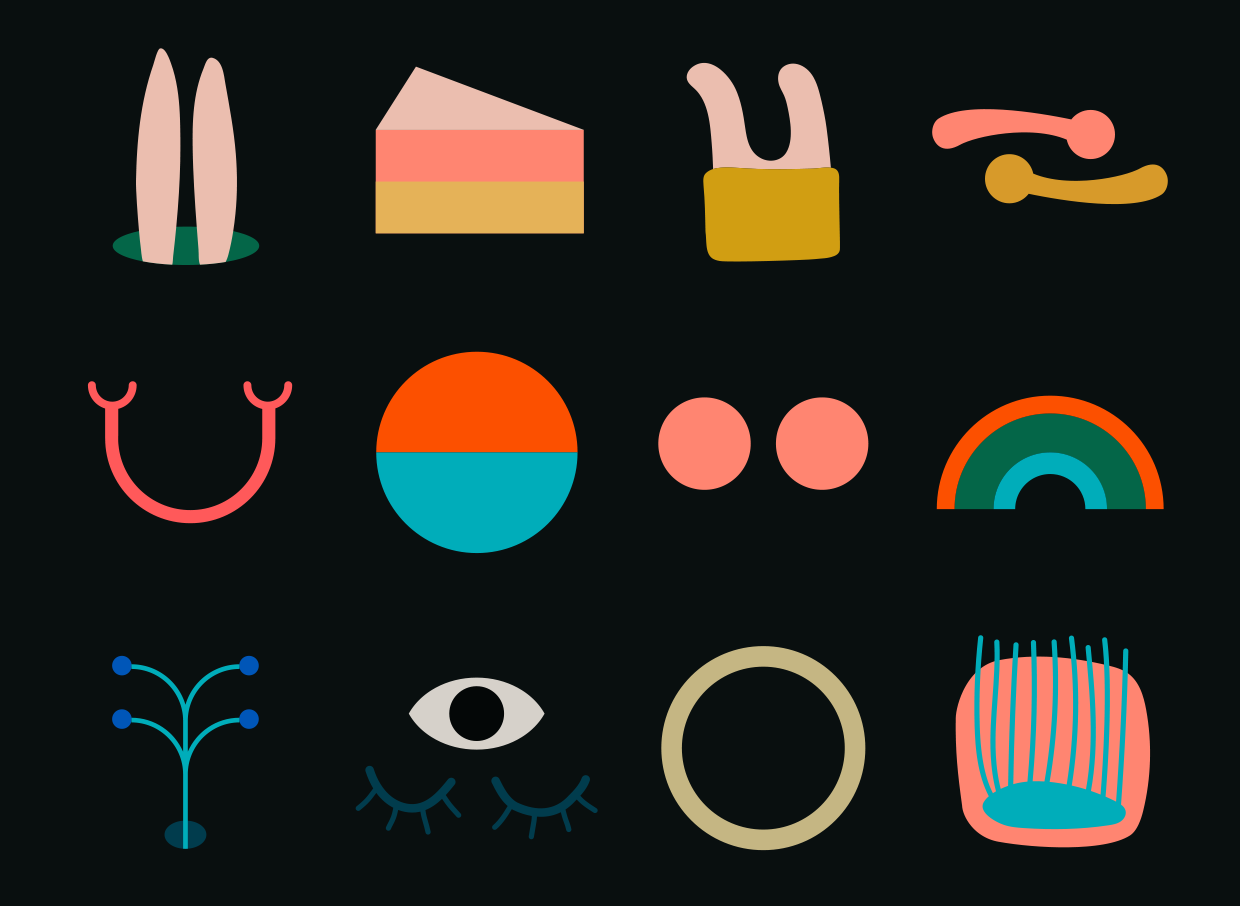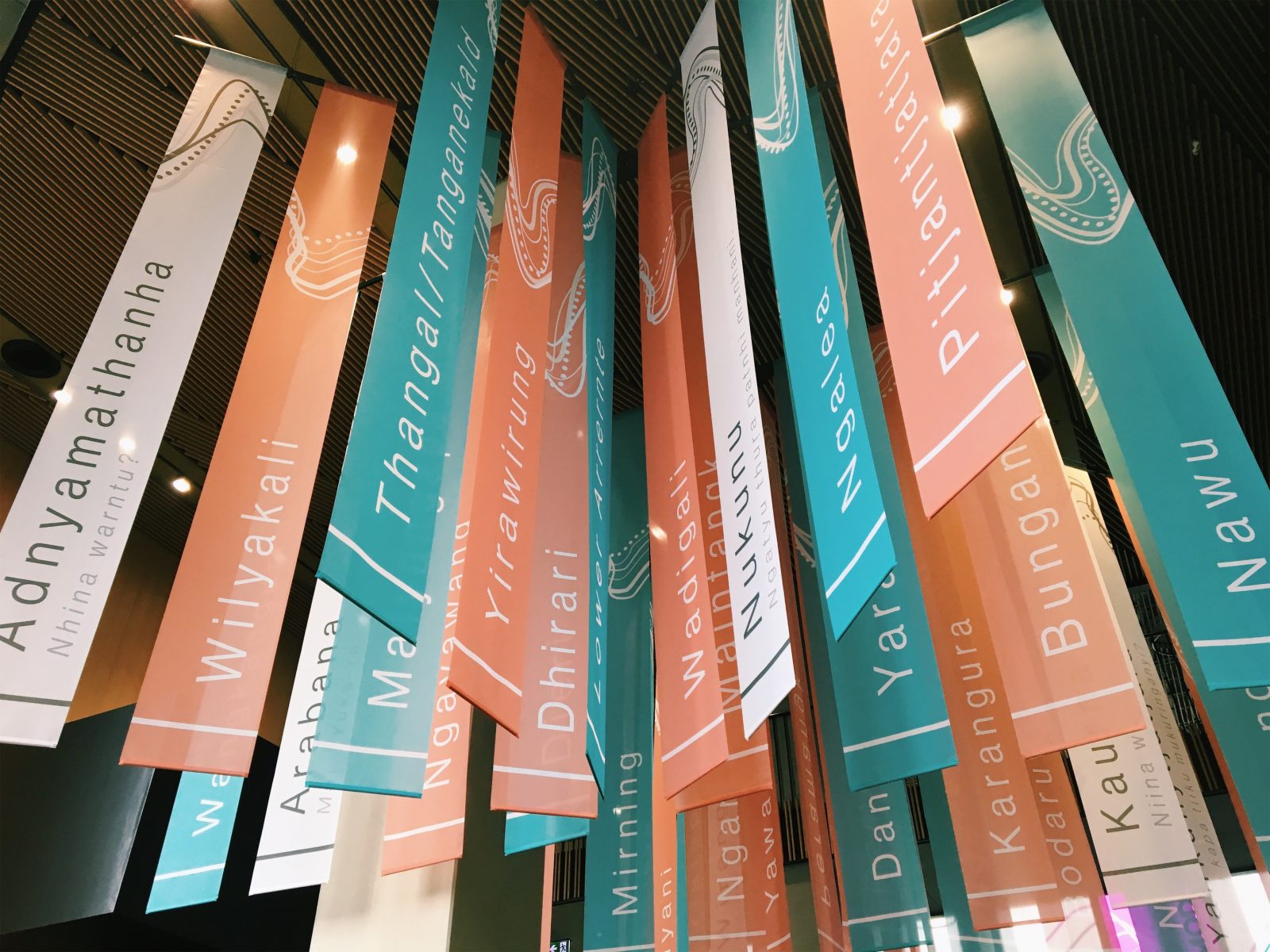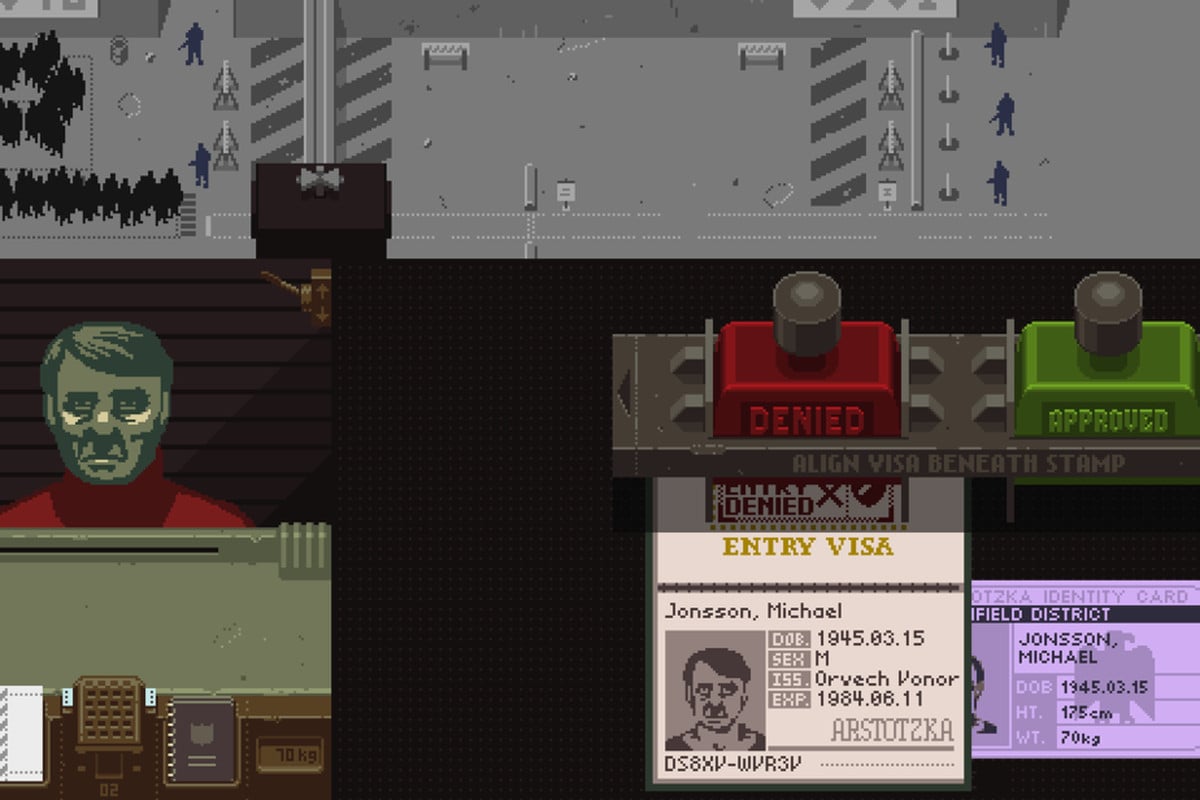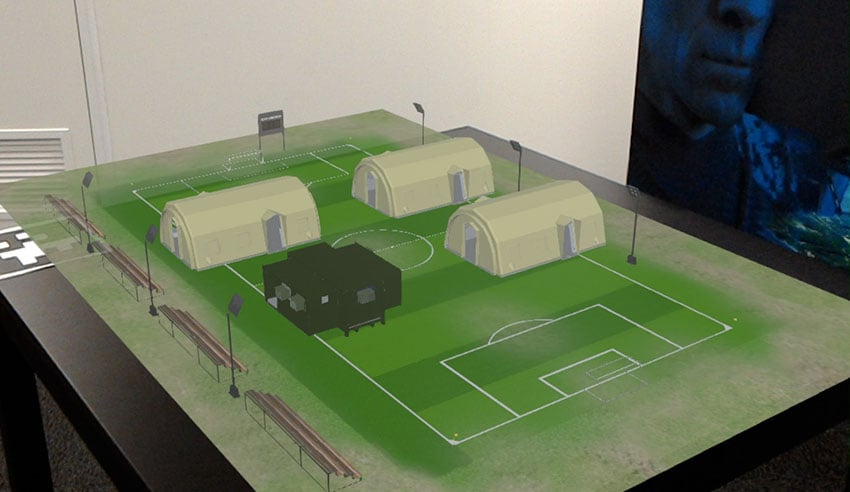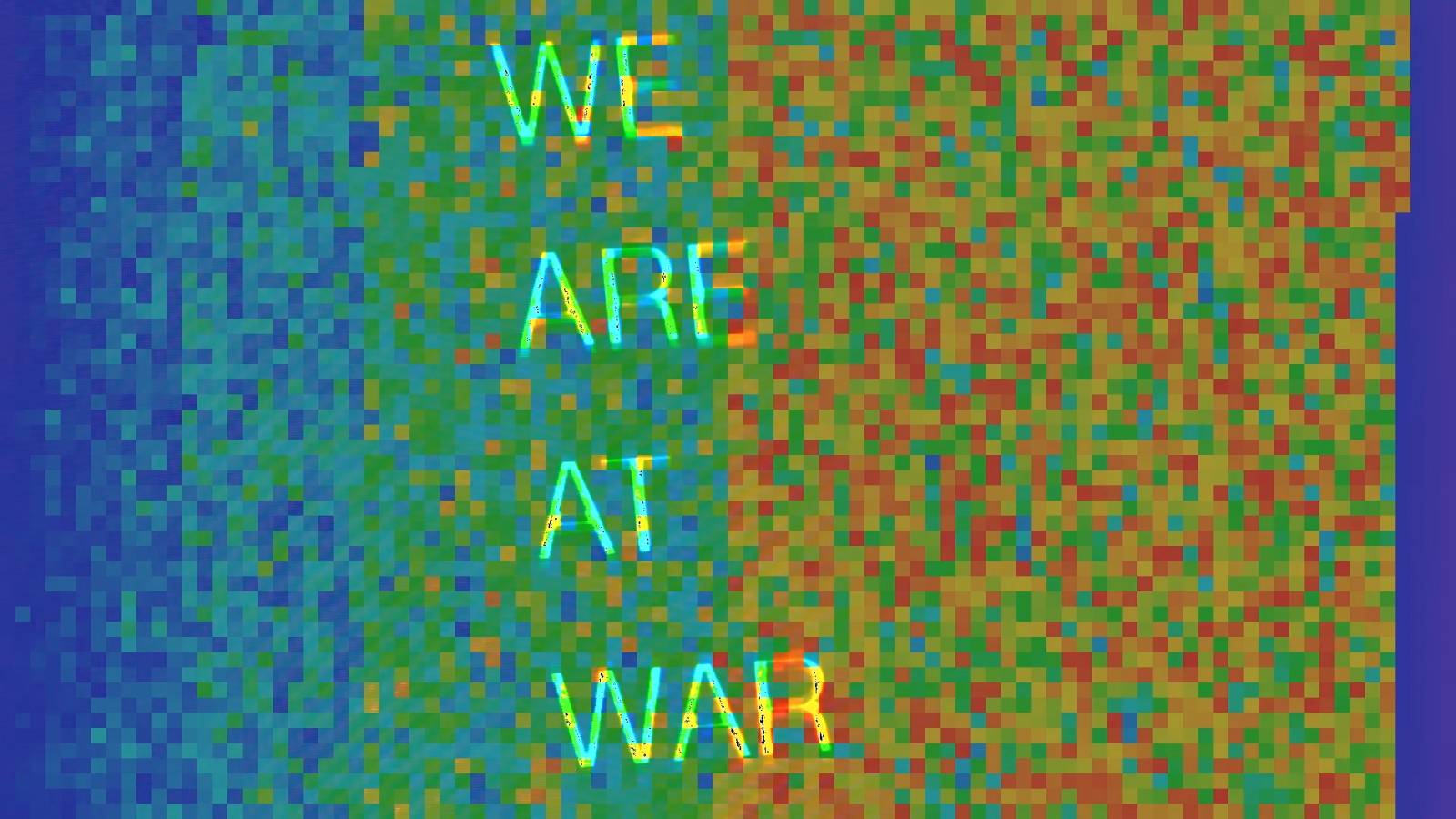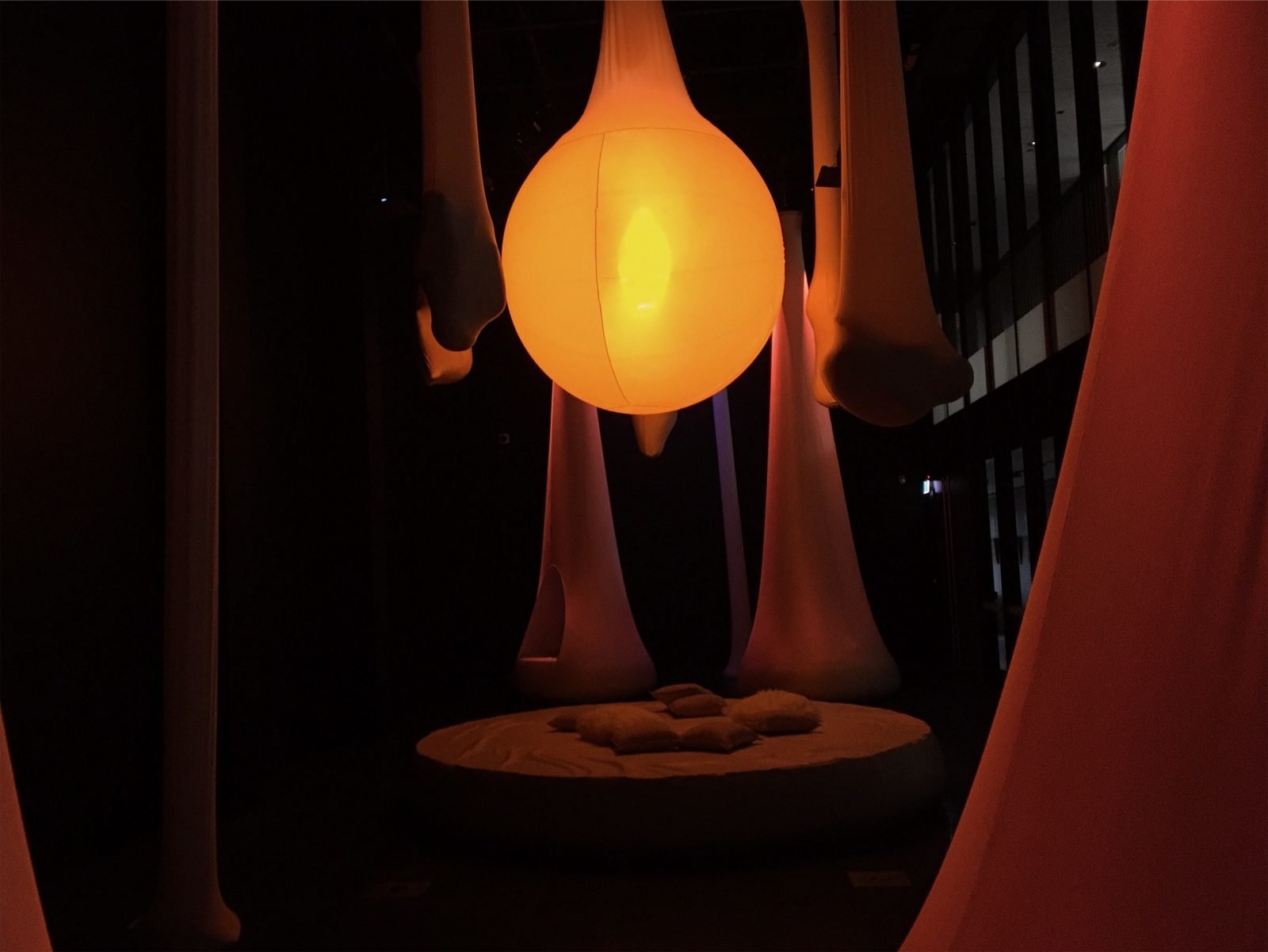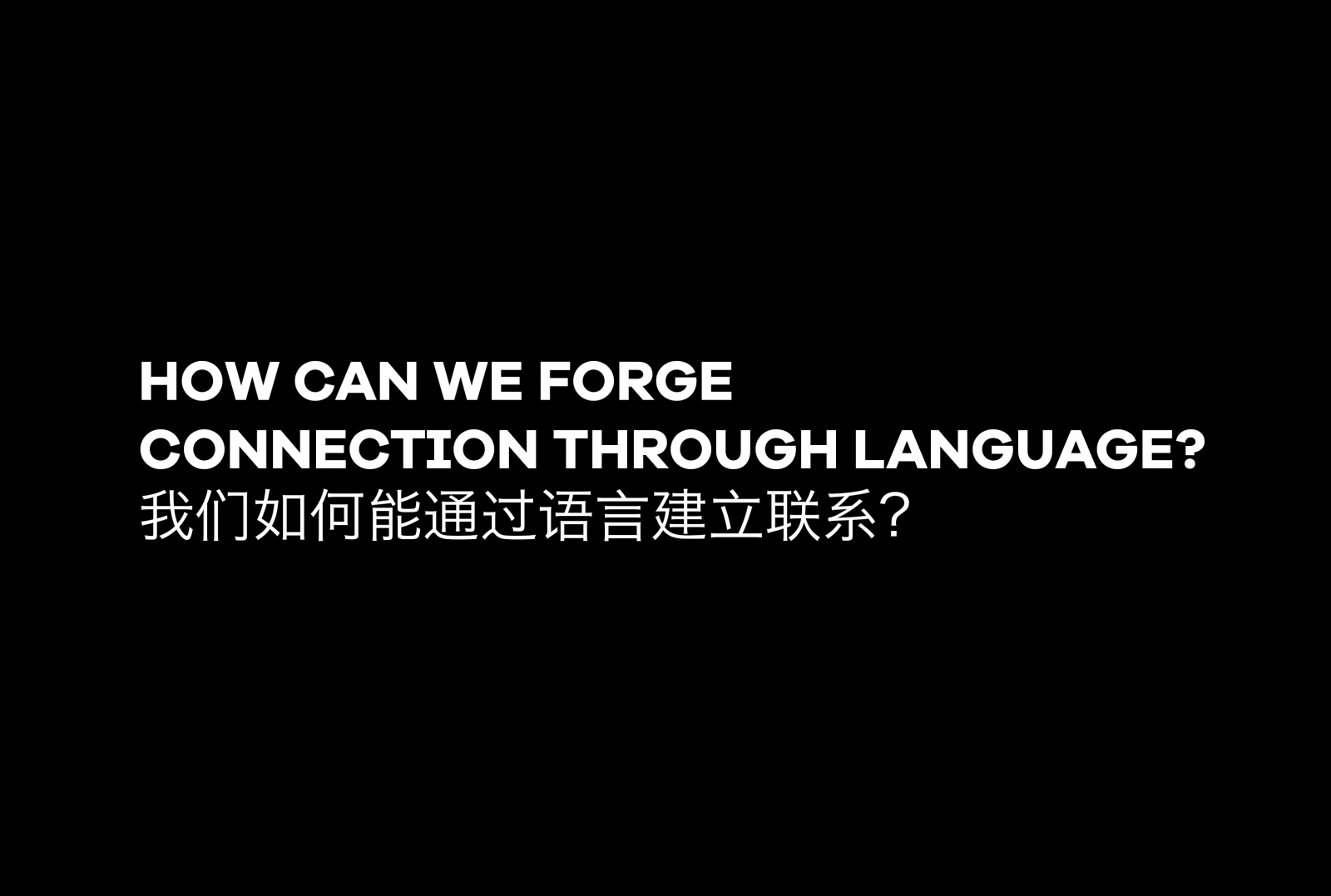Do you want to design your own machine for peace?
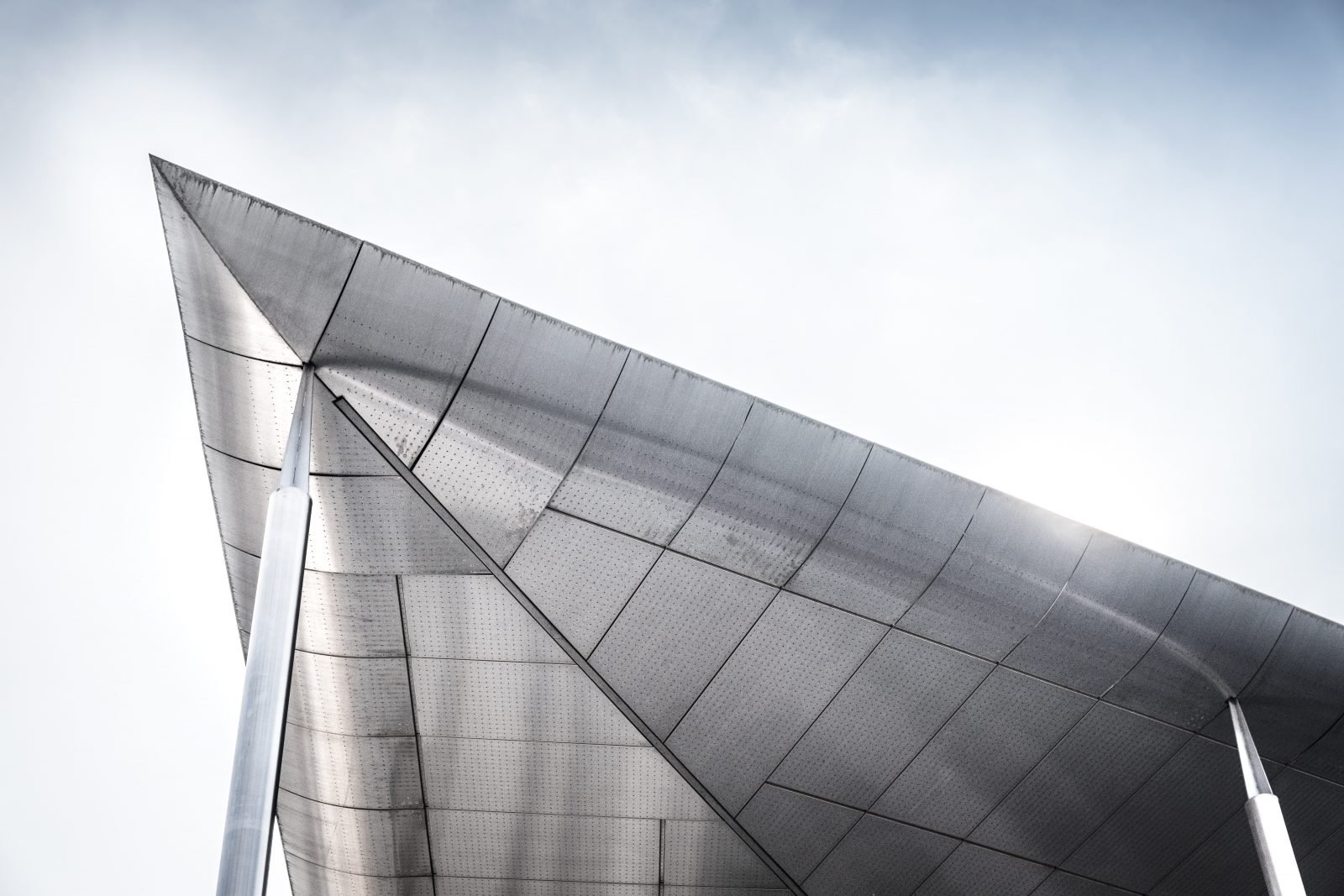
Exhibit Details
Open Nov 2018Apr 2019
Level 1Corridor
School students from across South Australia were given the following design challenge: What could a peace machine look like?
The students responded, designing machines that they thought would make our society more peaceful. Some focus on large-scale actions, from global resources to political stability. Others take a more personal approach, looking at emotional wellbeing and ways to improve relationships.
Speculating about the future
The school Peace Machine project is speculative design in action. While design has primarily been a way to solve problems facing us today, speculative design is somewhat different. It looks to the future, imagining possible futures through designed objects and scenarios.
Speculative design asks us questions about the ethical implications of new technologies. This practice helps us to have richer conversations about the future, consider what we might see there, and plan to avoid the undesirable.
The students have considered the future, and designed machines to solve the problems that they think they may face. These machines consider all sorts of ways that we can approach peace in the future.
You’ll have to come in to see them all, but here are a few of our favourites.
Deep Beep, by Isabella Gregory at Woodcroft College
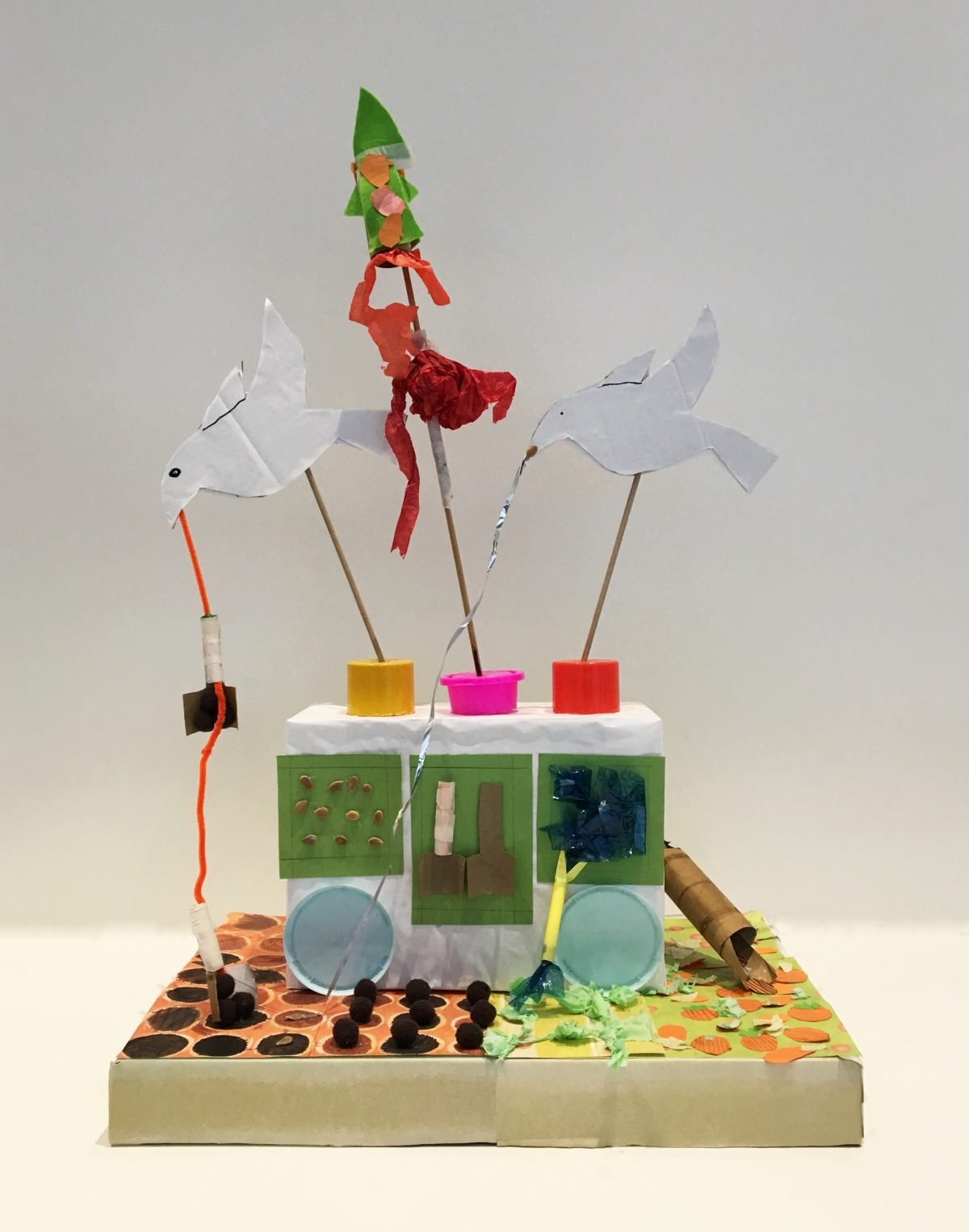
Hydraulic Peace Machine, by Layla McBryde and Olivia Jin at Wilderness School
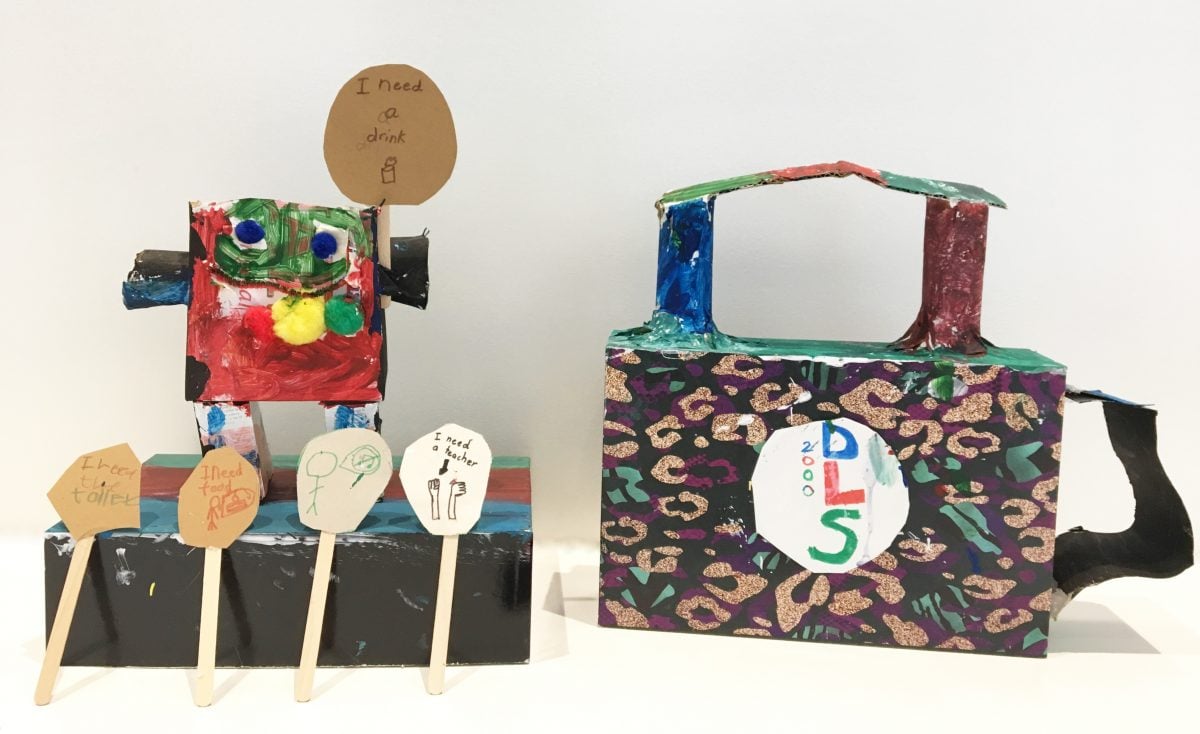
DLS 2000 by Shin, Desmond and Luke at Gilles Street Primary School
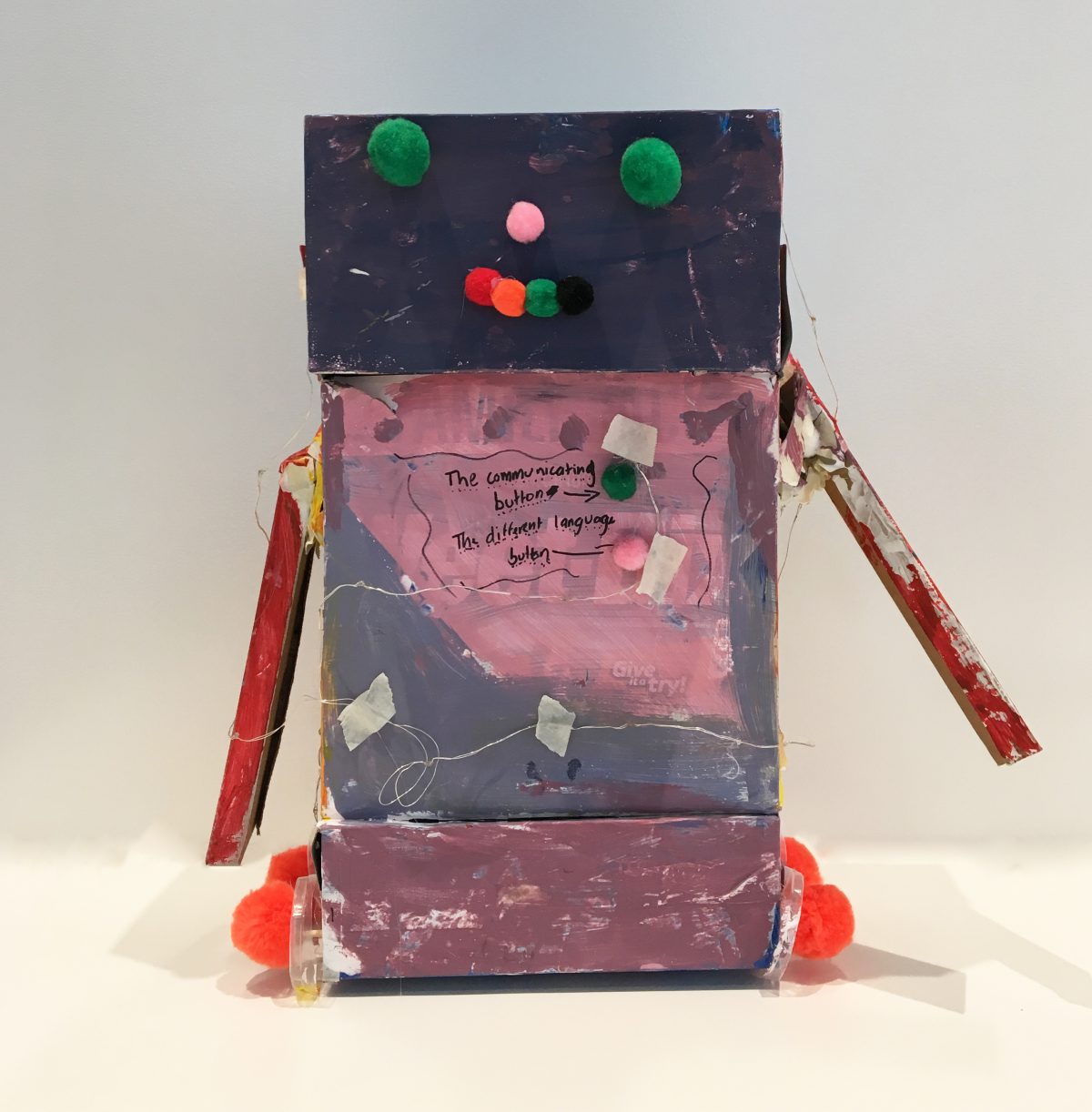
Communication Machine, by Suhani at Gilles Street Primary School
Credits
- Benjamin Altieri MOD. intern
- Katerina Fedyk MOD. intern
Contributing Artists
Peace Machines were designed by students at:
Aberfoyle Park High School, Cabra Dominican College, Cornerstone College, Gilles Street Primary School, Trinity College, Unitarian Church of South Australia Sunday Club, Unley High School, Wilderness School, Woodcroft College

